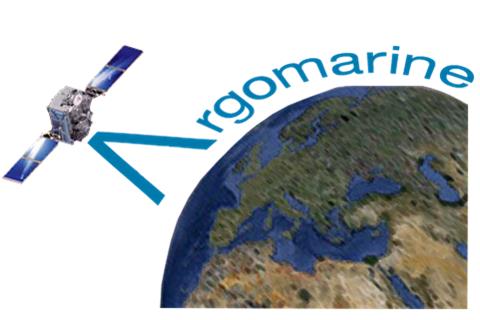Automatic Oil-Spill Recognition and Geopositioning integrated in a Marine Monitoring Network
Funded under: FP7-TRANSPORT
Project reference: Grant Agreement n. 234096
Start date 1 September 2009 End date 30 November 2012
Keywords: Environmental Decision Support System; Marine Information System; Oil-spill monitoring; Environmental monitoring; Multi-source and multimedia data management
The scope of ARGOMARINE Project was to develop and test an integrated system for monitoring of the marine traffic and pollution events due to carriers/commercial ships as well as recreational boats through environmental-sensitive sea areas.
Environmental monitoring has been implemented through dedicated electronic tools, geopositioning, and networking tools for transmitting ships navigation data through a high-speed communication network. Data have been collected from different sensors: SAR, hyperspectral sensor, thermal sensors, electronic noses, acoustic sensors. That multimedia information arises from various sources: satellites, aircraft, vessels, in situ anchored buoys and AUVs, all focused on specific test areas and sent to a central server where all the data was integrated by use of web mapping technology.
Accident modelling and post-accident intervention simulation tools for impact prediction has been implemented and tested through field experiments.
All available data are used to monitor marine pollution and to derive information about water quality and the possible spread of hydrocarbons/oil slicks over large areas.
At the same time, tracking of sea ship traffic is accomplished by ARGOMARINE technology. The system acts as an intelligent transponder through either satellite platforms or ground-based stations.
External data such as weather data and operational models, large scale hydrodynamic and wave models are gathered from existing external providers. These data are used in local implementations of high-resolution mathematical models that have been developed for the case-study sites. The modelling system includes a 3D hydrodynamic model, a wave model and an oil spill model, which can be run in pre-operational mode, downscaling the solutions of existing global/Mediterranean models.
All the data and information collected is merged and elaborated in a Marine Information System (MIS). This central system is an information system where remote sensing data, field experiment results and estimates from simulation models can be integrated. It offers tools for data storage and retrieval, data manipulation and analysis, as well as for presentation. All this babel of data and tools is usable through a standard interface based on geo-referenced maps.
Signals and Images Lab role
The research team of the Signal and Images Lab involved in the project focused is leader in the WPs devoted to the design of environmental decision support services and to the implementation and management of the Marine Information System.
External Links and Other Media
